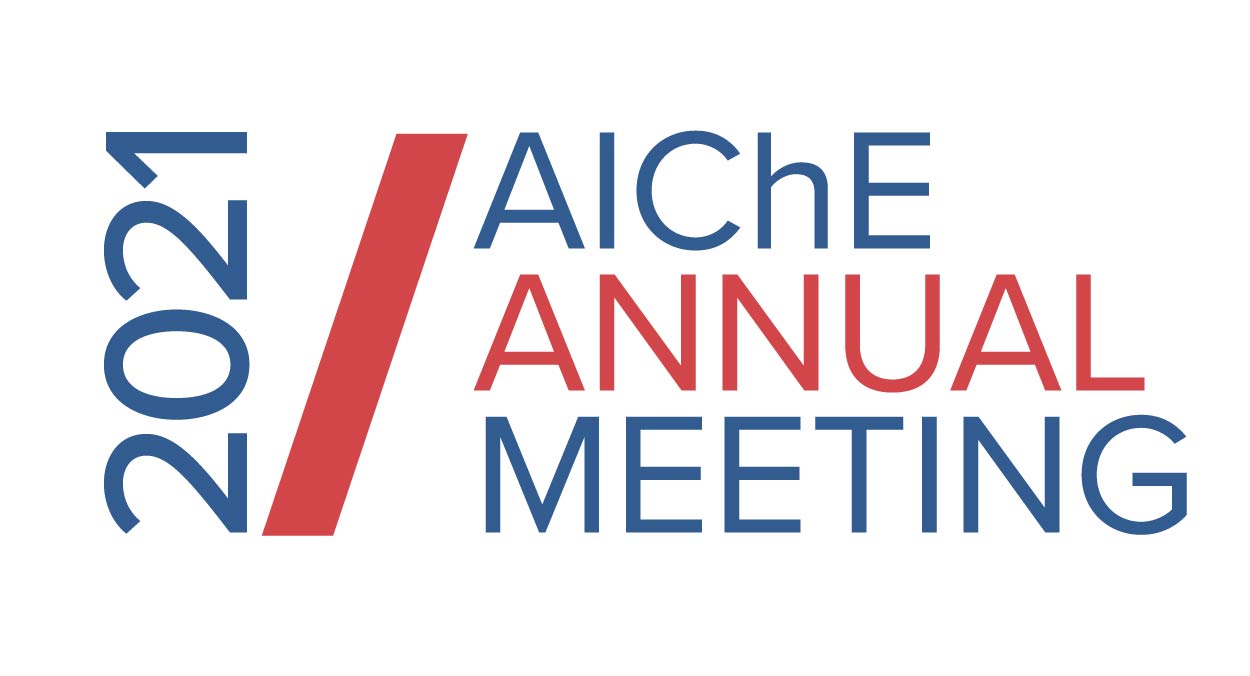

Conventional approaches to mitigate membrane surface fouling impart hydrophilicity to the membrane surface, which increases the water hydration and fluidity near the surface. By contrast, we demonstrate here that tuning the membrane surface energy close to that of the dispersive component of water surface tension (21.8 mN/m) can also improve the antifouling properties of the membrane. Specifically, ultrafiltration (UF) membranes were first modified using polydopamine (PDA) followed by grafting of amine-terminated polysiloxane (PSi-NH2). For example, with 2 g/L PSi-NH2 coating solution, the obtained coating layer contains 53 mass% PSi-NH2 and exhibits a total surface energy of 21 mN/m, decreasing the adsorption of bovine serum albumin by 44 % compared to the unmodified membrane. When challenged with 1 g/L sodium alginate in a constant-flux crossflow system, the PSi-NH2-grafted membrane exhibits a 70 % lower fouling rate than the pristine membrane at a water flux of 110 liter/(m2 h) and good stability when cleaned with NaOH solutions. In contrast to the conventional approach of increasing surface hydrophilicity, this work demonstrates a new method of achieving optimal surface energy to enhance membrane antifouling properties for water purification.
Presenter(s)
Once the content has been viewed and you have attested to it, you will be able to download and print a certificate for PDH credits.
If you have already viewed this content,
please click here
to login.
